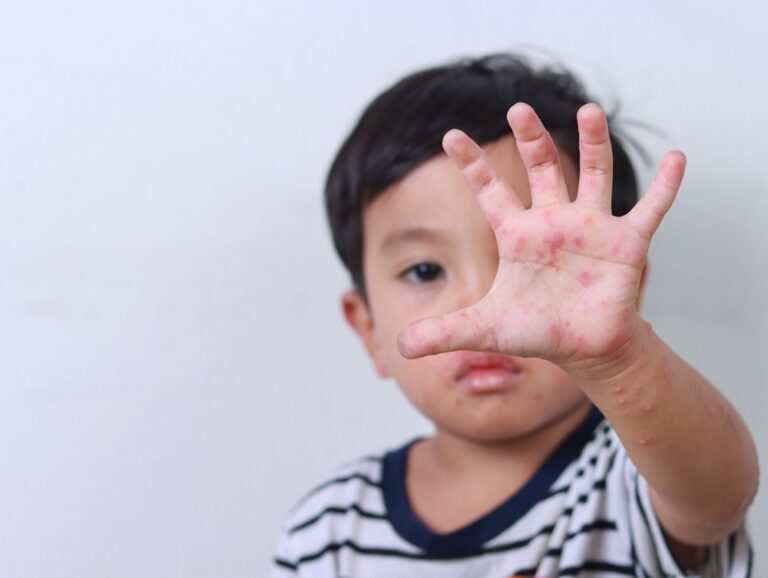
How to get rid of migraine?
Migraines aren’t your typical headache. They’re complex neurological conditions that can seriously disrupt your life. Unlike regular headaches, migraines bring on intense throbbing pain, along with nausea and sensitivity to light and sound.









